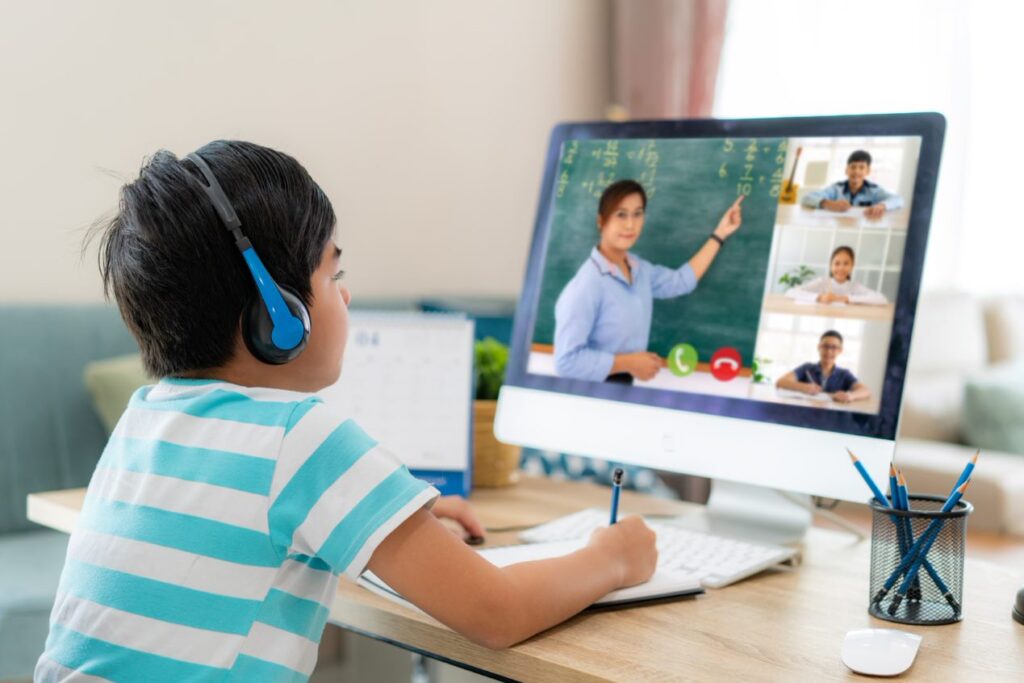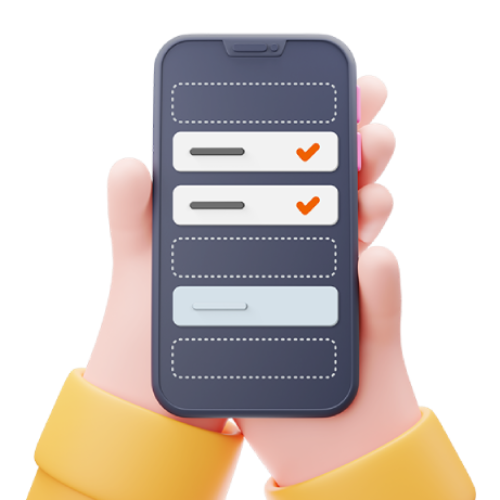How Remote Instructional Services Can Address Teacher Shortages
As school districts struggle with teacher shortages and learning loss, remote instructional services is a solution for school districts across the country to implement modern, accessible learning experiences through virtual and blended learning opportunities with remote instructors.

Teacher shortages have become a significant challenge for school districts nationwide. According to the National Center for Education Statistics (NCED), 18% of public schools had one teaching vacancy, and 27% had multiple vacancies in 2022.
This shortage affects various teaching positions, with special education, English as a second language, and computer science being the top three areas with the highest vacancies. Also, school districts with a high minority student population often face more significant challenges in finding qualified teachers, according to the NCED.
Knowing the Facts Around Teacher Shortages
The Department of Education estimates that there are approximately 200,000 teaching vacancies, and this number is expected to grow in the coming years.
The factors contributing to this shortage include low pay, teacher burnout, and a lack of public respect and appreciation. Teachers also face additional challenges due to the politicization of education, which can further burden their profession. These factors have resulted in a decline in job satisfaction, with only about 57% of teachers with four to ten years of experience envisioning themselves still teaching in five years according to the National Center for Education Statistics.
What can be done to fix this? According to a survey by the District Administration, 600 teaching professionals responded that there were two specific solutions necessary to keep them in the classroom:
- 73% of respondents want a culture of positivity and collaboration in their schools
- 80% of respondents feel the most satisfied when they are supporting students beyond the curriculum
The Impact of Teacher Shortages on Education
As school districts navigate their teacher shortages, schools are also facing the largest decline in learning in two decades among their students, according to the National Assessment of Education Progress, much in part due to the COVID-19 pandemic.
On average, students in grades 3-8 attending public schools in the United States experienced a loss of learning in the following:
- 6 months of math
- 3 months of reading
A teacher shortage can contribute to learning loss in a variety of ways, such as:
- Learning disruptions
- Limited bonding with educators
- Stunted academic accomplishments
- Poor student outcomes
- Reduced learning opportunities
- Increased marginalization for students of color
Remote Instructional Services as a Solution
Remote instructional services can help bridge the gaps in staffing and learning for school districts of any size. And the benefits can be vast, such as:
- Alleviate staffing challenges
- Prevent teacher burnout
- Co-teach models that target learning loss
- Teach new courses not currently offered
- Provide individualized learning
- Minimize achievement gaps
- Create a positive learning culture
These services can also offer a way to mitigate future learning disruptions, enhance student-teacher bonding, and provide continuous academic support. With remote instructors, students can access quality education even when there are vacancies in their schools, ensuring that their academic accomplishments are not stunted.
School districts can also provide extended learning opportunities, such as:
- On-demand teachers with certified professionals
- Customizable digital content to engage students
- Flexible online and blended learning to expand the range of courses
- Personalized tutoring to accelerate learning recovery
Solve Your Teacher Shortages Today
If your school district is facing a teacher shortage, you don’t have to deal with it alone. Stride Learning Solutions has remote instructional services for school districts of any size.







